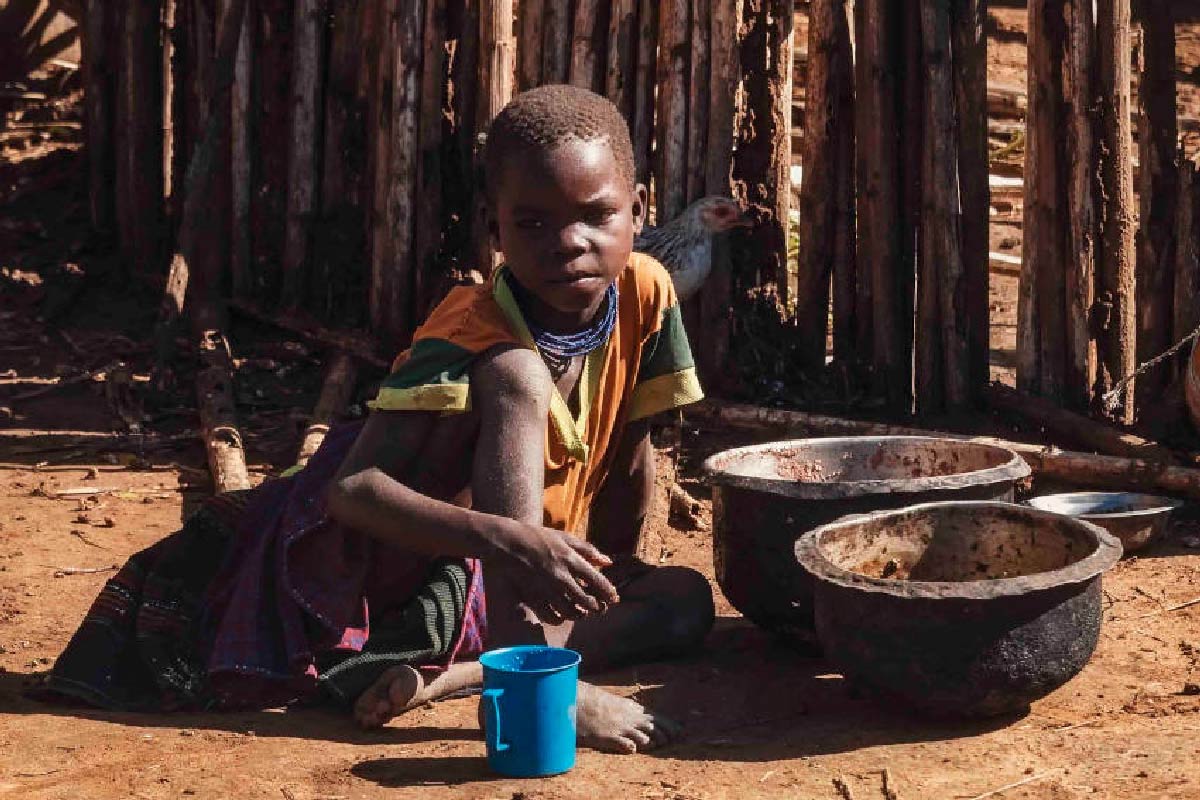Nature loss and biodiversity decline are a growing challenge for multiple business sectors and have given rise to new regulatory efforts to reverse these trends. One example is the new UK biodiversity net gain (BNG) legislation, which requires developers in England to enhance habitats and achieve a 10% increase in biodiversity over 30 years, making it a central element of property development.
This regulation introduces long-term risks not only for developers but also for a wide range of professionals — including architects, surveyors, design specialists, engineers, and planners — who are either directly exposed to BNG-related risks or depend on others involved in these projects.
BNG implementation
The BNG regulation requires developers to submit a biodiversity gain plan approved before construction begins (definitions can be found here). Developers can achieve BNG — also called the biodiversity gain hierarchy in Article 37A of the regulations — in three ways:
- Onsite within the red line boundary of a development site.
- Offsite biodiversity gains, if onsite is not possible. Developers can either make offsite biodiversity gains on their land outside the development site or buy offsite biodiversity units on the market.
- As a last resort, through statutory biodiversity credits bought from the government.
Developers can combine all three options to reach a 10% BNG, but must follow the steps in sequence, with onsite solutions often being the preferred approach. In many cases, reducing the hardstanding areas of buildings to create more fallow land for biodiversity projects proves to be the most cost-effective method to achieve BNG goals. Additionally, green roofs and other biodiversity measures are being integrated into buildings, fulfilling compliance requirements and adding value for owners and occupants.
Achieving BNG onsite is widely regarded as providing more control over biodiversity contributions and compliance, thereby reducing liability risks. In contrast, transferring BNG obligations offsite shifts both control and liability to the third party responsible for managing that project, which can create uncertainties that are difficult to manage.
BNG’s potential role in flood risk management
One opportunity for achieving BNG offsite could be through nature-based flood risk management initiatives, with some local authorities looking at whether BNG credits could be used as funding for flood resilience schemes (BNG guidelines for local planning authorities can be found here). For example, in Hull — an area severely affected by flooding in 2007 — a network of ponds has been created to protect homes and businesses in flood-prone zones. These ponds provide flood protection, enhance biodiversity, and create valuable community green spaces. There is ongoing research on whether BNG credits could be used as a funding mechanism to support this and similar projects.
Risks associated with BNG compliance
Whether biodiversity goals are achieved onsite or offsite, developers and professionals involved in these projects face a range of BNG risks.
A principal risk is compliance: failing to achieve the mandated 10% biodiversity net gain can result in financial penalties and reputational harm. For example, a five-year-old green roof in central London was underperforming after the original developer sold it. In another case, incorrect species were planted as part of a BNG project and had to be removed and replaced.
These examples highlight the need for long-term commitment from the entire supply chain to ensure project sustainability and, crucially, an understanding of how this will be monitored. However, it is important to note that areas dedicated to biodiversity can become more ecologically diverse over time as habitats become established. Therefore, it may be the case that many BNG projects actually exceed their 10% target.
Additionally, there is currently a shortage of skilled ecologists in the UK, which can lead to operational risks. These professionals are often essential for conducting baseline surveys and habitat assessments critical to BNG compliance. Without timely access to qualified ecologists, site surveys may be delayed, potentially pushing back project start dates and disrupting overall planning.
Insurance considerations
The role of risk transfer in addressing biodiversity-related risks is increasing, accompanied by the emergence of new products. Long-established insurance solutions — such as environmental impairment liability (EIL), directors and officers (D&O), and business interruption (BI) insurance — already help corporates address nature-related vulnerabilities by covering loss events typically excluded by traditional policies.
In addition, parametric insurance solutions have been developed to augment EIL and BI products by complementing their limits and exclusions. Technological innovations, such as remote sensing and advanced modelling, enable insurers to expand cover to new types of risks. Recent innovations are designed to help businesses manage nature loss risks, build resilience to climate physical risks, and mitigate the impacts of climate transition risks by de-risking decarbonisation efforts.
Comprehensive insurance coverage is essential to protect against potential claims arising from failures or inaccuracies in delivering BNG. Ecologists and environmental consultants are expected to play an increasingly significant role in BNG compliance, and although many have not traditionally held professional indemnity (PI) insurance, this may change in the future.
It is advisable to verify the PI coverage of all stakeholders involved in a project, with the level of insurance typically reflecting the project’s scale. Additionally, clear contractual arrangements providing clarity over the scope and limitations of a professional’s involvement are vital, particularly given the 30-year maintenance commitment associated with BNG projects. And while the exact financial penalties for non-compliance remain uncertain at present, they could increase over time.
For more information on BNG, please contact your Marsh risk advisor.








